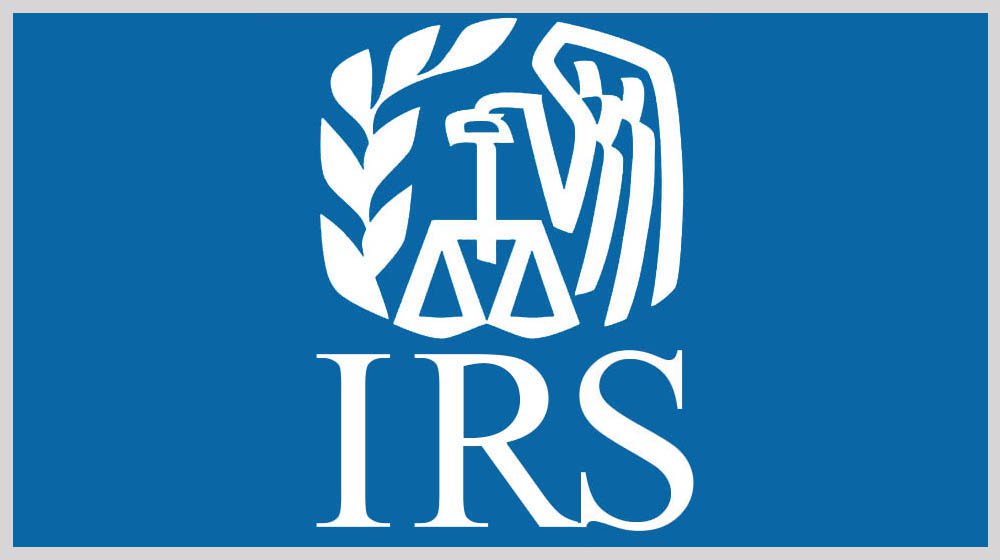The IRS has released the 2018 standard mileage rate, and it reflects a slight increase over 2017’s rate. The Internal Revenue Service also set the standard mileage rate for medical and moving purposes.
Beginning January 1, 2018, the IRS standard mileage rate for cars, vans, pickups or panel trucks will be:
- 54.5 cents per mile driven for business, up 1 cent from 2017.
- 18 cents per mile driven for medical or moving purposes, also up 1 cent from 2017.
- 14 cents per mile driven in service of charitable organizations. (The charitable rate is set by statute and does not change.)
The standard mileage rate offers an easy way to calculate deductible costs of operating a motor vehicle for business purposes.
The IRS calculates its standard mileage rate based on an annual study by an outside firm of both fixed and variable costs connected to operating a vehicle. It averages the cost of owning and operating a vehicle. The fluctuations in the mileage rate from year to year are based on a variety of factors.
The 2018 standard mileage rate applies to miles driven on or after January 1, 2018. For miles driven in earlier years, use the mileage rate in effect at that time.
Actual Costs vs Standard Mileage Rate for 2018
As a taxpayer, you do not have to use the IRS standard mileage rate for deducting business vehicle use. You can opt instead to calculate the actual costs of operating your vehicle for business. However, the IRS says you must “maintain adequate records or other sufficient evidence” of those costs.
In other words, it will take more recordkeeping to track your actual expenses. The standard mileage rate is easier for most business owners to use, because all you have to keep track of are miles driven and business purpose — not every expense for your vehicle. That’s why many small businesses use the standard mileage rate to deduct business use of a vehicle whenever possible.
Mileage Reimbursement for Employees
The standard mileage rate can also be used to substantiate the reimbursement rate to employees for miles driven using their personal vehicle for business purposes. Many employers choose to adopt the IRS standard mileage rate as the amount of mileage reimbursement. However, employers may choose a different reimbursement rate other than the IRS standard mileage rate. Some employers (a small number) may offer no reimbursement at all.
Many employers either issue a memo or add a reference in their employee handbook stating they provide reimbursement and the rate of reimbursement. Employers should remember to adopt and communicate the new rate, if they typically track the IRS’s standard mileage figure.
Let’s suppose you choose to reimburse employees at the standard mileage rate that’s in effect for the year. In that case, for miles driven during 2018 you would reimburse employees at a rate of 54.5 cents per mile.
To calculate the reimbursement, ask employees to document the miles driven for business purposes. Then simply multiply the miles the employee has driven by the reimbursement rate. If the total miles driven are 10,000, you multiply by $0.545 to reach $5,450 in reimbursement.
Following The IRS Mileage Rules
There is such a thing as mileage fraud, and the IRS is very strict when it comes to evaluating the information you provide. This is why you should keep very detailed and accurate records of your driving.
The IRS recommends taxpayers become familiar with the tax law and not overstate adjustments, deductions, exemptions and credits.
You cannot use the standard mileage rate if you:
- Use the car for hire (such as a taxi).
- Use five or more cars at the same time (as in fleet operations).
- Claim depreciation or a section 179 deduction (Publication 463, Chapter 4).
- Are a rural mail carrier who receives a qualified reimbursement (Publication 463, Chapter 4).
- Use the actual expenses method.
The IRS’s announcement of the 2018 standard mileage rate can be found here (PDF). It also includes the amount a taxpayer must use in calculating reductions to basis for depreciation taken under the business standard mileage rate. And it includes the maximum standard automobile cost that a taxpayer may use in computing the allowance under a fixed and variable rate (FAVR) plan.
Related Resources:
2017 standard mileage rate (for miles driven in 2017)

